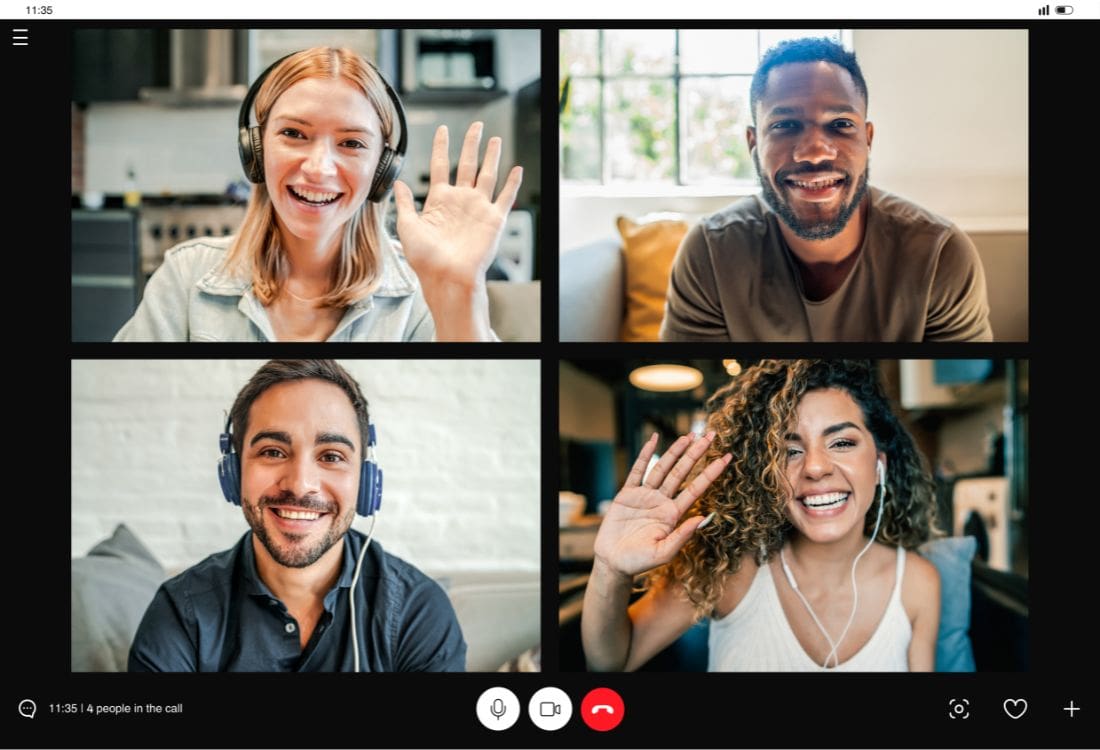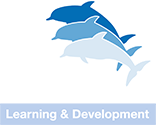
How to have more effective virtual meetings
“I wish I had the team with me... I mean physically in the same room.” That’s what a senior executive said at the start of a strategy development programme GRA facilitated last week and it’s a sentiment I’m sure many of us can relate to or maybe even words we’ve shared out loud.
While some people thrive on access to the vast array of mediums through which to connect (whether it’s hashtags, headsets or WhatsApp group chats), the inability to meet up face-to-face for conversations and collaborative team meetings is a major challenge for a lot of people who feel disconnected. Furthermore, the incongruence of different peoples’ comfort levels with technology can in itself create a disconnect in teams.
In the case of the executive above, she was talking about her newly formed team striving to establish themselves, create familiarity and build a team culture; all in a virtual setting. If virtual meetings, shared whiteboards, tools to collaborate on documents ‘in real time’ and breakout rooms are outside of your comfort zone, or worse outside of the team’s comfort zone, and this isn’t acknowledged it’s unlikely to lead to effective or efficient performance. The consequences can be significant and sustained; whether that’s new teams trying to come together or established teams trying to replicate what has worked in the past.
Some software providers have even tried to assist in replicating the face-to-face experience by placing teams’ floating heads against a boardroom background, but I think for some that’s going to seem even more absurd and alienating.
With uncertainty around social restrictions ongoing, the situation is unlikely to change soon. So, how do we overcome this challenge of feeling disconnected in a constantly connected world? Realistically, if you yearn for a return to more straight-forward, face-to-face contact and aren’t at ease with all the technology available, those feelings aren’t going to drastically change.
What we can do, however, is reframe how we think about working in a virtual environment and stop trying to replicate the face-to-face experience.
For example, GRA have adapted our delivery approach for experiential learning to maximise the advantages of the technology in virtual classrooms and still meet the different requirements of our learners; including technical producers on hand to answer questions and support on issues, more in-depth joining instructions as well as new ways of interacting with each other and our content being discussed. The learning outcomes can remain the same, but the learning journey is inevitably going to be different.
On a recent GRA podcast discussing the 'new normal', GRA’s Joe Mackintosh shared the sentiment “we’re all in the same storm right now, but different boats” which has resonated with a lot of people. Everyone is affected by the current situation in their own unique way and that needs to be recognised. What comes easy and naturally to some, will be very difficult for others. If we consider shifting the dynamics of how meetings work, who chairs the meeting, who drives the use of the technology and place those responsibilities and accountabilities in the hands of people most comfortable – while not ignoring the needs of those less comfortable – we can embrace the technology and get the most out of it.
Above all else, it is vital that teams create an emotionally safe space for people to admit that they’re less comfortable with connecting in a virtual setting, to approach meetings with a flexible and adaptable mindset and to discuss openly how to get the most out of the session; agreeing how and when you’ll rely on the technology and when you won’t – that could be different in every meeting.
The woman who opened up and shared her disappointment at not being able to meet face-to-face on the programme last week created a platform for an important discussion. Many of the team had never actually met face-to-face, so a lot of other people shared those feelings and together with the GRA team we were able to ensure the interactivity of the session and the ability to feel connected was not prohibited by technology - we adapted the session to spend less time in the presentation and more time in a gallery of cameras. In providing feedback on the programme, a delegate wrote afterwards, "Virtual was not our plan A, but it was a terrific plan B. I very much enjoyed "meeting" all our staff and in spite of the remote working I sensed an espirit de corps that I really wasn't expecting!"
Sometimes, just keeping it simple and using the wide range of technology on offer sparingly can be the best way of enabling us to be effective and efficient operating as remote teams.
Image Source: Canva


